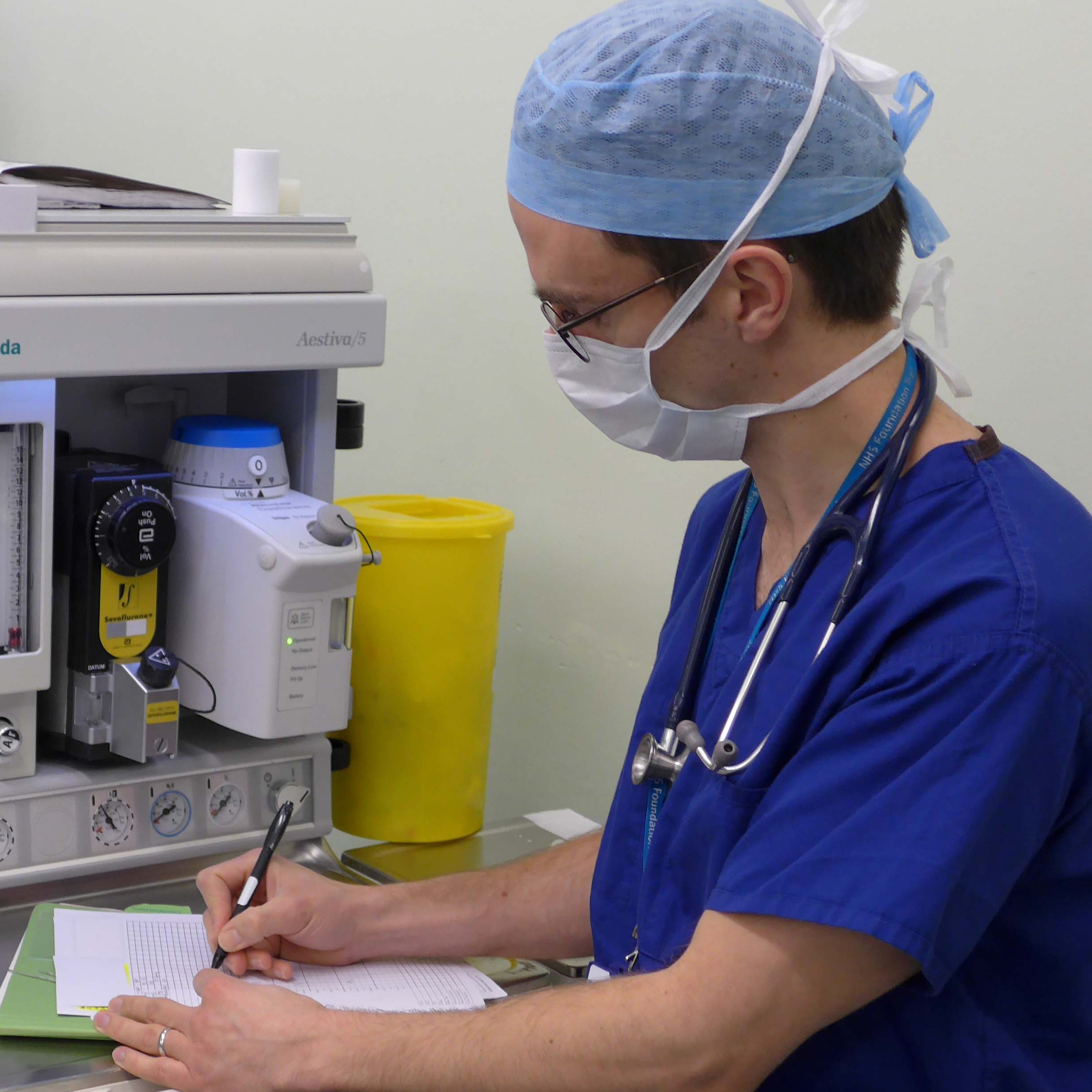There are three main types of anaesthesia: general, regional and local.
General anaesthesia
General anaesthesia gives a state of controlled unconsciousness. It is the most common type of anaesthesia and is essential for some operations.
Regional anaesthesia
Regional anaesthetics (or nerve blocks) are specialised injections, used to numb a specific part or portion of the body. They may be used on their own or in combination with sedation or a general anaesthetic. Nerve blocks can be very helpful in providing good pain relief after some kinds of surgery.
Local anaesthesia
Local anaesthesia involves injections to a small part of the body to numb the operation site
Just before your operation, a member of the ward team will accompany you to the anaesthetic room. If your child is having an operation, a parent is welcome to come to the anaesthetic room. Before the anaesthetic starts, equipment for measuring observations such as blood pressure and pulse will be set up. Your anaesthetist will then start the anaesthetic, usually by giving drugs through a small plastic tube (a cannula) placed in a vein.
In the operating theatre
Your anaesthetist will be with you for the whole time you are in the operating theatre. They will be constantly aware of your condition, checking the monitors, adjusting the anaesthetic and giving you any fluids that you need.
After the anaesthetic
When the operation is over, you will be taken to the recovery area, where a trained nurse will look after you. When the anaesthetist and the recovery staff are satisfied that you are comfortable and have recovered safely from your anaesthetic, you will be taken back to the ward.
What to expect afterwards
How you will feel will depend on the type of anaesthetic and operation you have had, how much pain-relieving medicine you need and your general health. If you are having a day case operation, you should avoid driving, operating machinery and signing important documents for 24 hours after your anaesthetic.

